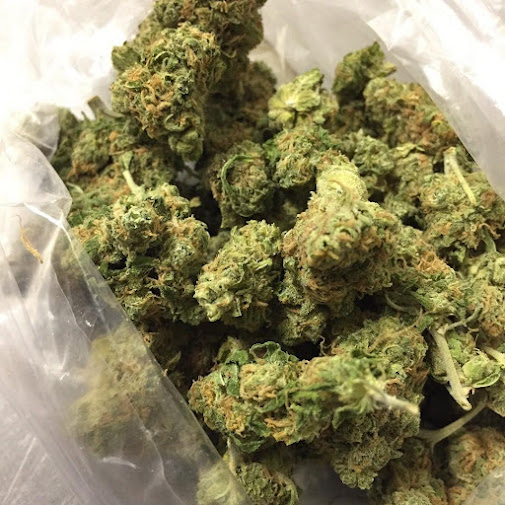Difference between hemp and marijuana
It’s a common misconception that hemp and marijuana are two different species of plant.
In fact, they’re
While science doesn’t differentiate between “hemp” and “marijuana,” the law does.
Legally, the key difference between the two is tetrahydrocannabinol (THC) content.
THC is one of many cannabinoids, or chemicals found in the cannabis plant. It’s the one that’s primarily responsible for the “high” associated with cannabis.
The term “hemp” is used to mean cannabis that contains 0.3 percent or less THC content by dry weight.
Why 0.3 percent? This definition was first proposed in 1979, in a book called “The Species Problem in Cannabis: Science & Semantics.”
In the book, author Ernest Small addresses the fact that it’s difficult to distinguish hemp and cannabis because there’s no actual taxonomical difference between the two.
Small proposed the 0.3 percent rule as a possible solution, but he himself acknowledged that it’s an arbitrary number.
This number was used in the legal definition of hemp, as specified in the Agricultural Act of 2018 and other laws in the United States.
Because the THC level in hemp is so low, it’s unlikely to get you high.
Usually, when people say “marijuana,” they’re talking about cannabis that can get you high. The term is used interchangeably with “weed” and a number of other terms.
Legally, “marijuana” refers to cannabis that has more than 0.3 percent THC by dry weight. THC content can vary among cannabis plants. Some strains are bred to be higher in THC than others.
Cannabis plants have been designated as Cannabis sativa, Cannabis indica, or a hybrid. Each of these has its own purported characteristics and effects, although science has yet to verify this.
History and racism
The word “marijuana” is quite controversial due its racist roots.
In the early 20th century, many Mexicans immigrated to the United States due to the Mexican Revolution. This led to growing racist and anti-immigrant sentiment in the United States. At this time, cannabis was a legal cross-border import.
The word “marijuana” hadn’t been used a lot before then. Instead, the word “cannabis” was the scientific name and far more commonly used. However, in the 1910s and 1920s, the word “marijuana” became associated with Mexicans, who were stereotyped as people who frequently used cannabis.
The U.S. government used the term “marijuana” in anti-cannabis propaganda to cement the association between cannabis and Mexican immigrants. This anti-cannabis propaganda spread a great deal of myths around cannabis while also perpetuating racist stereotypes.
In the 1930s, this propaganda persisted and heavily contributed to cannabis becoming illegal.
To this day, there’s a great deal of debate over what we should call “marijuana.”
Because it’s tied to racist and anti-cannabis propaganda, “marijuana” is a word that many people in the industry are no longer using, preferring to simply use the word “cannabis” instead.
This can be confusing, because the Cannabis species also includes hemp.
While cannabis seeds essentially contain no cannabinoids, cannabinoids are found in higher concentrations in cannabis flowers, leaves, and stalks.
Those looking to experience cannabis’s beneficial effects often turn to cannabis flower, which can be smoked or extracted into tinctures and edibles.
Cannabis strains high in THC may produce a high and may be used for medical purposes, like pain management. Strains low in THC but higher in other cannabinoids, like cannabidiol (CBD), may also produce beneficial effects but won’t get you high.
Hemp, or cannabis with less than 0.3 percent THC, can also be grown to create other kinds of products, including:
- paper
- clothing
- textiles
- animal feed
- plastic
- food products, such as hemp seed, hemp milk, hemp protein powder, or hemp oil
Because hemp grows faster than trees and other crops, it’s considered to be a more sustainable way of making products like paper and textiles.
Hemp seed is quite nutritious, as it’s a complete protein that’s also high in fiber.

Comments
Post a Comment